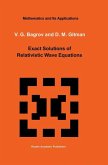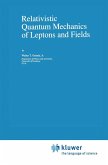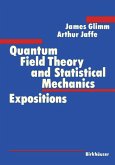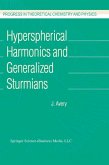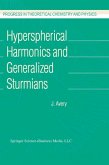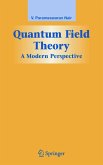The last decade witnessed an increasing interest of mathematicians in prob lems originated in mathematical physics. As a result of this effort, the scope of traditional mathematical physics changed considerably. New problems es pecially those connected with quantum physics make use of new ideas and methods. Together with classical and functional analysis, methods from dif ferential geometry and Lie algebras, the theory of group representation, and even topology and algebraic geometry became efficient tools of mathematical physics. On the other hand, the problems tackled in mathematical physics helped to formulate new, purely mathematical, theorems. This important development must obviously influence the contemporary mathematical literature, especially the review articles and monographs. A considerable number of books and articles appeared, reflecting to some extend this trend. In our view, however, an adequate language and appropriate methodology has not been developed yet. Nowadays, the current literature includes either mathematical monographs occasionally using physical terms, or books on theoretical physics focused on the mathematical apparatus. We hold the opinion that the traditional mathematical language of lem mas and theorems is not appropriate for the contemporary writing on mathe matical physics. In such literature, in contrast to the standard approaches of theoretical physics, the mathematical ideology must be utmost emphasized and the reference to physical ideas must be supported by appropriate mathe matical statements. Of special importance are the results and methods that have been developed in this way for the first time.


